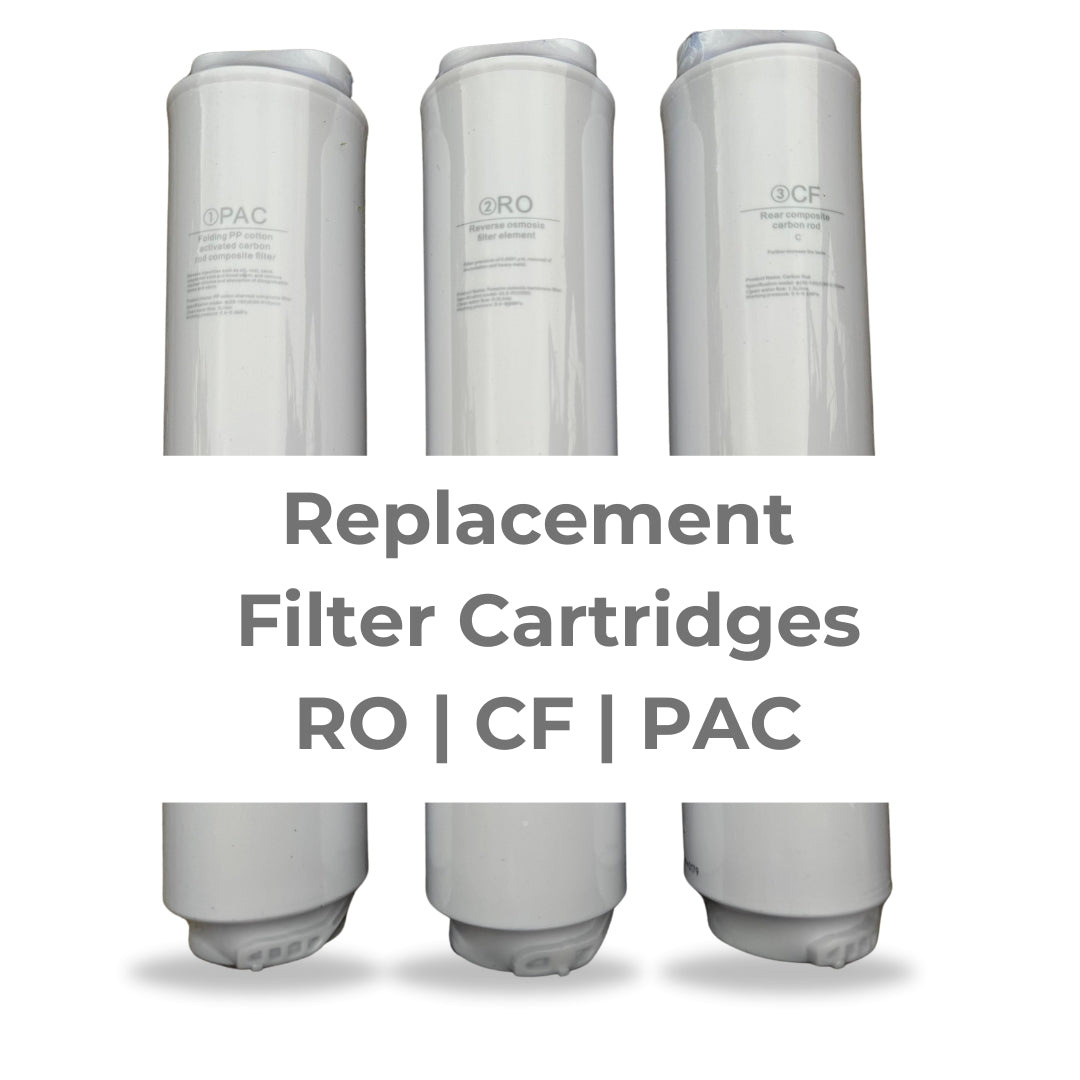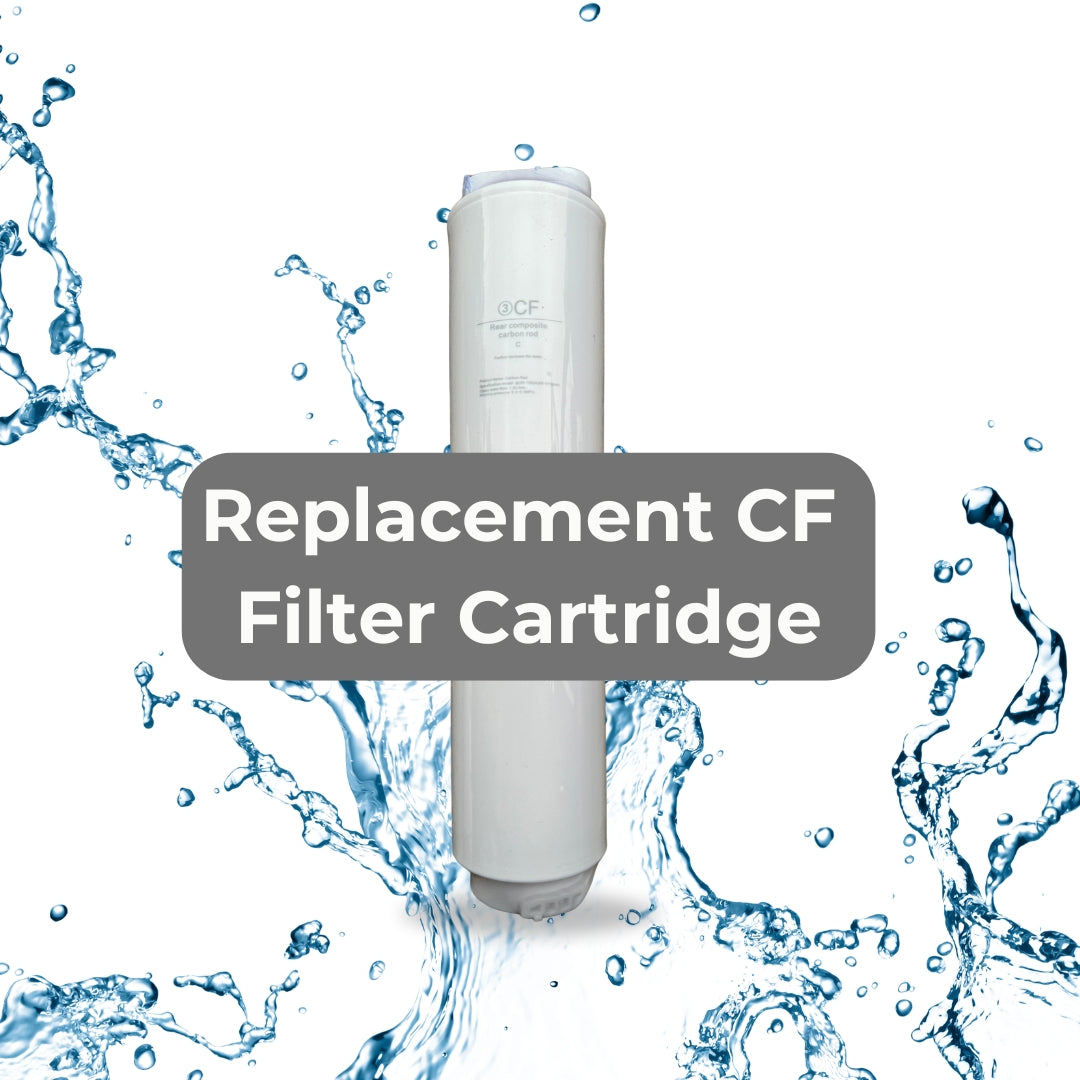
Ensuring the water you drink is as clean as possible is essential for maintaining good health. Among various water purification methods, Reverse Osmosis (RO) stands out as one of the most thorough. But what makes RO water the most purified form of water, and how does it compare to other filtration systems? This guide will explore why RO water is considered the gold standard in water purification.
What is Reverse Osmosis (RO) Water?
RO water is water that has been filtered through a Reverse Osmosis system, which uses a semi-permeable membrane to remove a wide range of contaminants. This process ensures that the water is not only clean but also free from many pollutants that can be harmful to health.
Why is RO Water So Pure?
1. Advanced Filtration Mechanism
- Multi-Stage Process: Reverse Osmosis systems typically involve multiple filtration stages, including sediment filters, carbon filters, the RO membrane, and post-filtration polishing.
- Microscopic Pore Size: The membrane has extremely tiny pores, around 0.0001 microns, which are small enough to block most contaminants. For comparison, a human hair is approximately 75 microns in diameter, making the RO membrane incredibly fine.
2. Effective Removal of Contaminants
- Heavy Metals: RO systems can remove up to 99% of heavy metals such as lead, mercury, and arsenic, which are toxic even in small amounts.
- Chemicals and PFAS: Harmful chemicals like chlorine, fluoride, and PFAS (per- and polyfluoroalkyl substances) are effectively removed. PFAS, known as "forever chemicals," are difficult to eliminate through basic filtration but are successfully reduced by RO systems.
- Microplastics and Particles: Microplastics and other debris are trapped by the RO membrane, ensuring water is free from these tiny pollutants.
- Microorganisms: RO can remove bacteria and viruses when paired with additional sterilisation methods, such as UV light.
3. Superior to Basic Filtration Methods
- Carbon Filters: While carbon filters are good at removing chlorine and improving taste, they do not effectively remove heavy metals or most dissolved solids.
- Distillation: Although distillation also purifies water by removing many impurities, it is less practical for home use due to its slow process and energy consumption.
- UV Purification: This method kills bacteria and viruses but doesn’t remove chemical contaminants or dissolved solids. RO water purification, on the other hand, covers these areas comprehensively.
The Multi-Stage Process of RO Water Purification
-
Sediment Pre-Filtration: The first stage removes large particles such as sand, rust, and dirt. This protects the more delicate RO membrane from damage.
-
Activated Carbon Filtration: This stage targets chemicals like chlorine and volatile organic compounds (VOCs) that can affect taste and health.
-
RO Membrane: The core of the process, where water is pushed through the semi-permeable membrane, removing most impurities, including dissolved solids and heavy metals.
-
Post-Carbon Filtration: Polishes the water, enhancing taste and removing any residual odours.
-
Optional Remineralisation: Adds essential minerals back to the water to improve taste and pH balance, addressing the common concern that RO water lacks minerals.
How Does RO Compare to Other Filtration Methods?
- Carbon Filtration: Effective for improving taste and reducing chlorine but cannot remove heavy metals or most dissolved solids.
- Distillation: Can achieve a high level of purity but is slow and consumes significant energy. RO offers a more practical and efficient solution for everyday use.
- UV Purification: Excellent for disinfecting water and killing microorganisms but ineffective against chemical contaminants and metals.
In terms of overall purification, RO is unmatched due to its ability to tackle a wide range of contaminants.
The Benefits of Drinking RO Water
1. Enhanced Safety
- RO water is safer because it’s free from harmful contaminants, including heavy metals and PFAS, that can lead to long-term health issues.
2. Better Taste
- Removing chemicals like chlorine improves the taste of the water, making it more enjoyable to drink and use for cooking.
3. Versatile Use
- RO water is ideal for various uses, from drinking and cooking to watering plants that require low-sodium water.
4. Peace of Mind
- Knowing that your water is purified to a high standard offers reassurance, especially in areas where tap water quality is a concern.
Ayus Wellness Reverse Osmosis Hydrogen+ Water Purifier: Taking RO to the Next Level
For those who want the ultimate in water purification, the Ayus Wellness Reverse Osmosis Hydrogen+ Water Purifier offers advanced features that go beyond traditional RO systems:
Key Highlights:
- 5-Stage Filtration: Removes 99.9% of contaminants, including PFAS, heavy metals, and microplastics.
- Temperature and Hydrogen Control: Dispenses hot or cold water in just 3 seconds, perfect for drinks and cooking. Optional hydrogen enrichment adds antioxidant benefits.
- Large Capacity Tank: A 1.5-gallon tank ensures plenty of purified water is available at all times.
- User-Friendly Design: Sleek, compact, and intuitive, fitting seamlessly into any kitchen.
- UVC-LED Sterilisation: Adds a final layer of safety by killing any remaining bacteria or viruses.
Why RO Water is the Most Purified Form
Reverse Osmosis water is considered the most purified form because of its comprehensive multi-stage filtration process. It effectively removes a wide range of contaminants, making it superior to simpler filtration methods. The Ayus Wellness RO system takes it a step further by offering temperature control, hydrogen enrichment, and an efficient design that suits modern needs.
Conclusion
RO water stands out as the most purified form of water due to its ability to remove contaminants at a microscopic level. While other methods address specific pollutants, RO offers a more complete solution, ensuring water is safe, great-tasting, and free from harmful substances. For those seeking the highest standard in water purification, the Ayus Wellness Reverse Osmosis Hydrogen+ Water Purifier provides advanced features that elevate the drinking experience to a new level.







